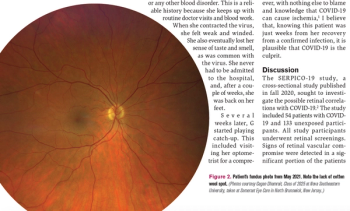
This case exhibits retinal correlations with the novel coronavirus

This case exhibits retinal correlations with the novel coronavirus
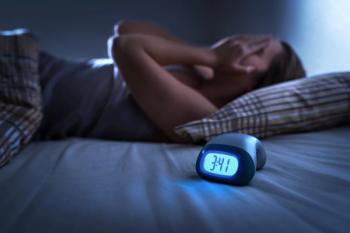
Prescribed sleep hygiene may reduce the risk of severe eye disease and vision loss
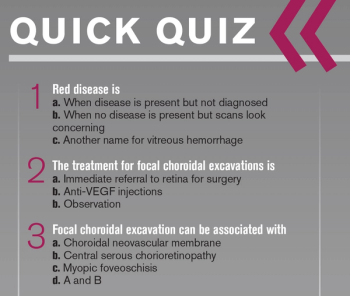
quick quiz on OCT
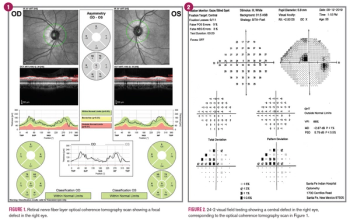
Imaging technology allows for better disease visualization
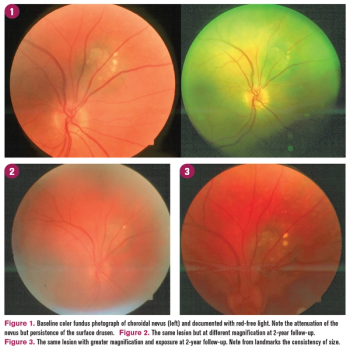
Appropriate identification and management of pigmented fundus lesions can be made clinically
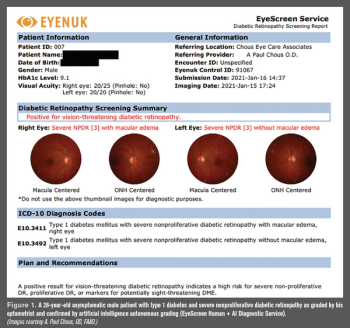
Automated detection of disease helps patients as well as doctors

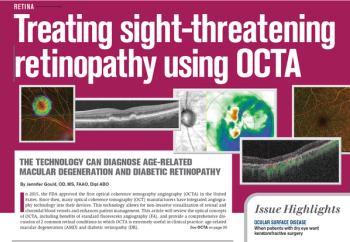
The technology can diagnose age-related macular degeneration and diabetic retinopathy
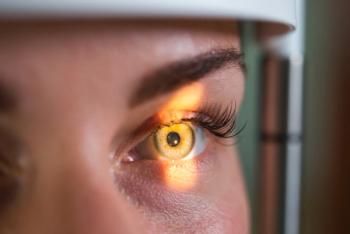
Consider sleep apnea, congenital or acquired hemochromatosis, vitamin D deficiency, and diet
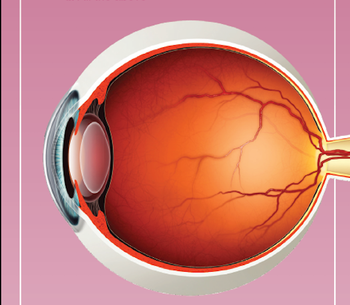
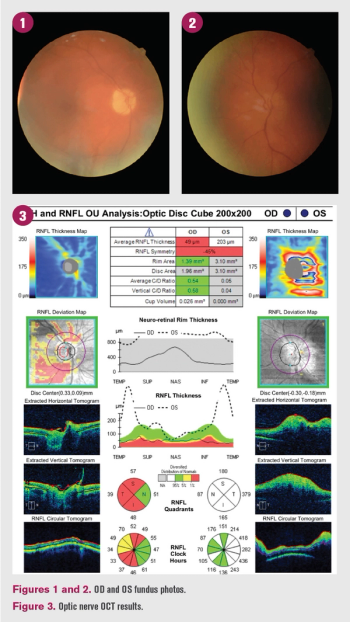
Imaging shows optic disc swelling and retinal nerve fiber layer thickening
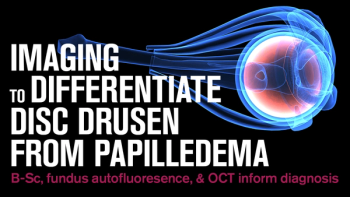
B-scan, fundus autofluoresence, and OCT inform diagnosis
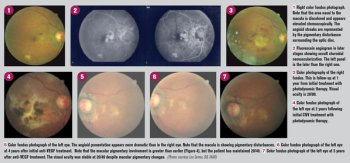
Angioid streaks are due to Bruch membrane disintegration, not elastic deterioration
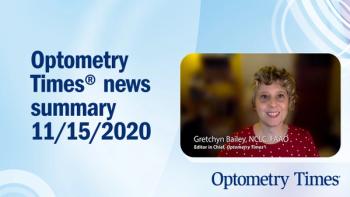
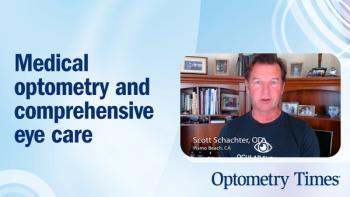
Eye physicals should be full-scope
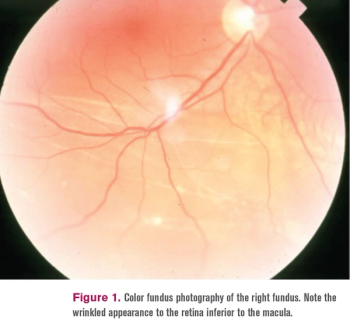
A wrinkled retina suggests detachment, but additional clinical findings prove otherwise
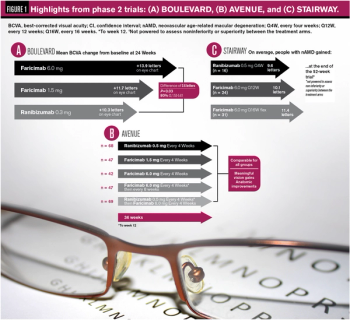
Faricimab shows promise in treating diabetic macular edema and age-related macular degeneration
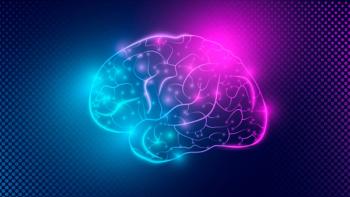
Visual cortex stimulation improves peripheral vision in observers with normal vision
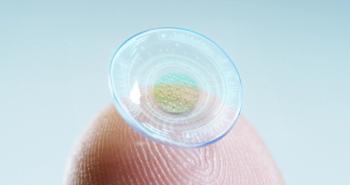
New devices will monitor health, enhance vision, and treat the eye
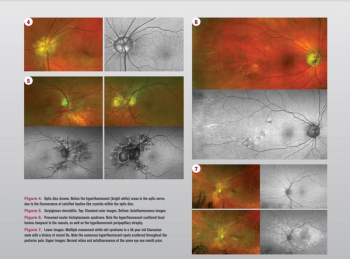
Fundus autofluorescence may hold potential in diagnosing SARS-CoV-2 infection
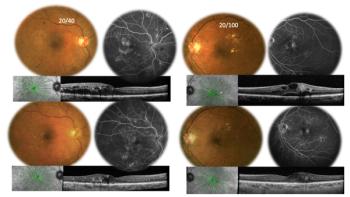
When should ODs sends their patient to a retina specialist?
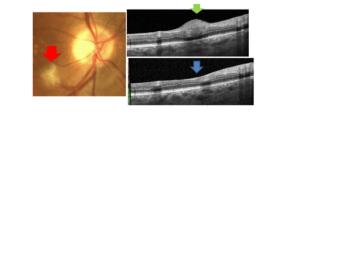
Vision loss caused by diabetic retinopathy comes in different packages.
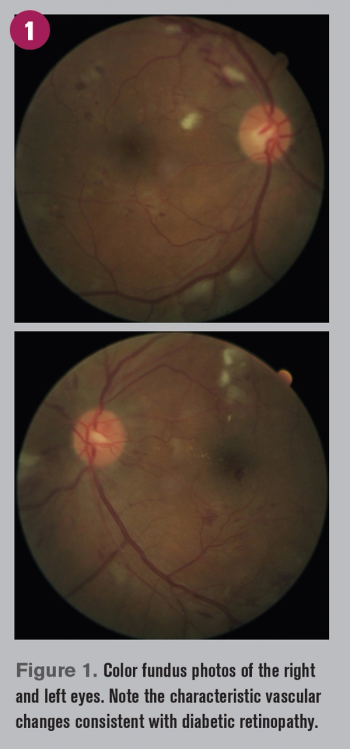
Imaging reveals diabetic retinopathy, cotton wool spot, and resulting RNFL defect.

This imaging technique provides depth-resolved images of retinal vasculature.
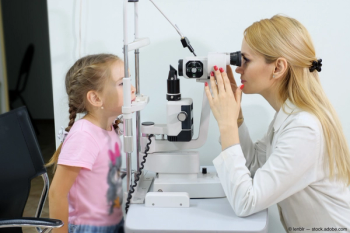
Meta-analysis investigates multiple myopa management interventions vs control conditions.